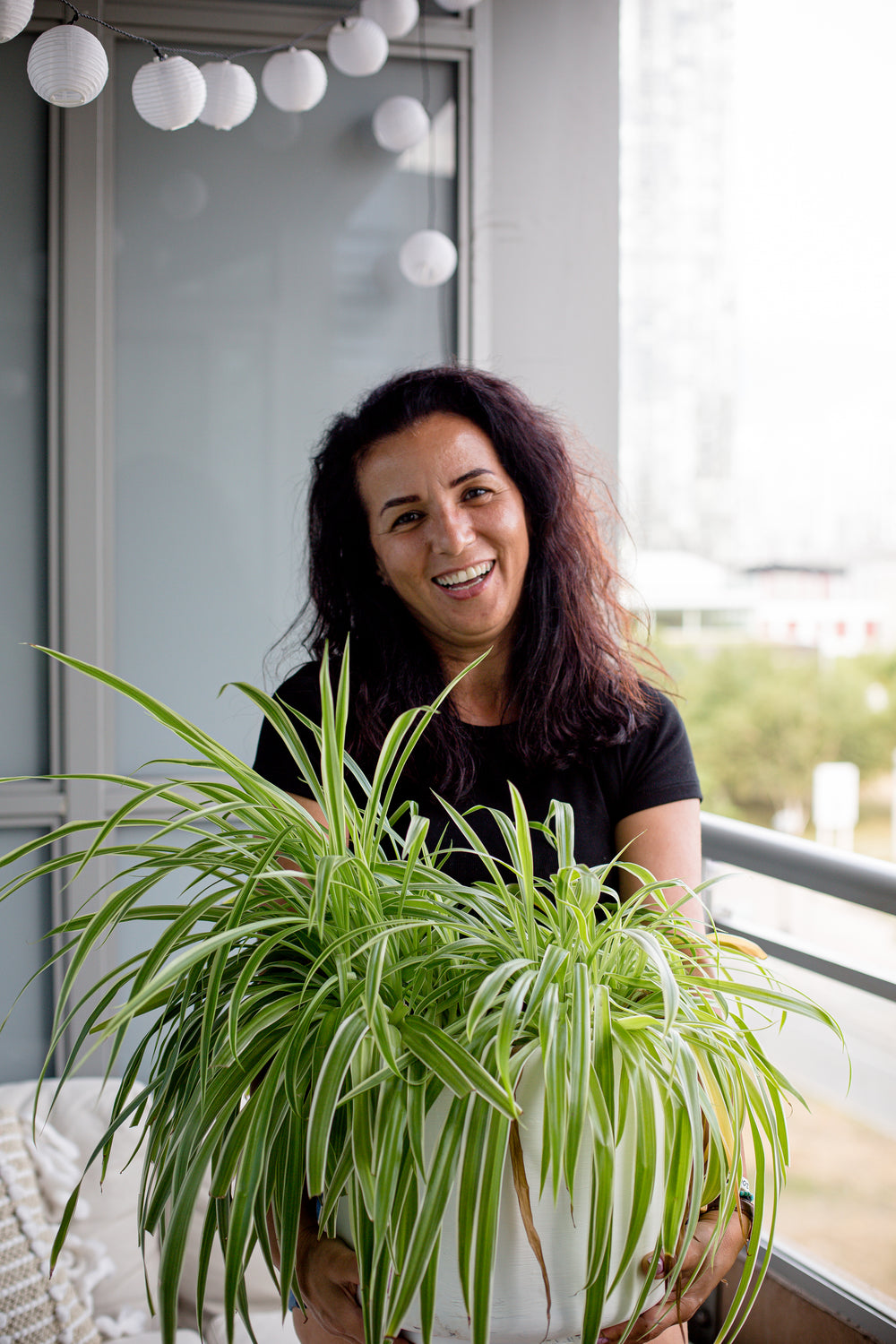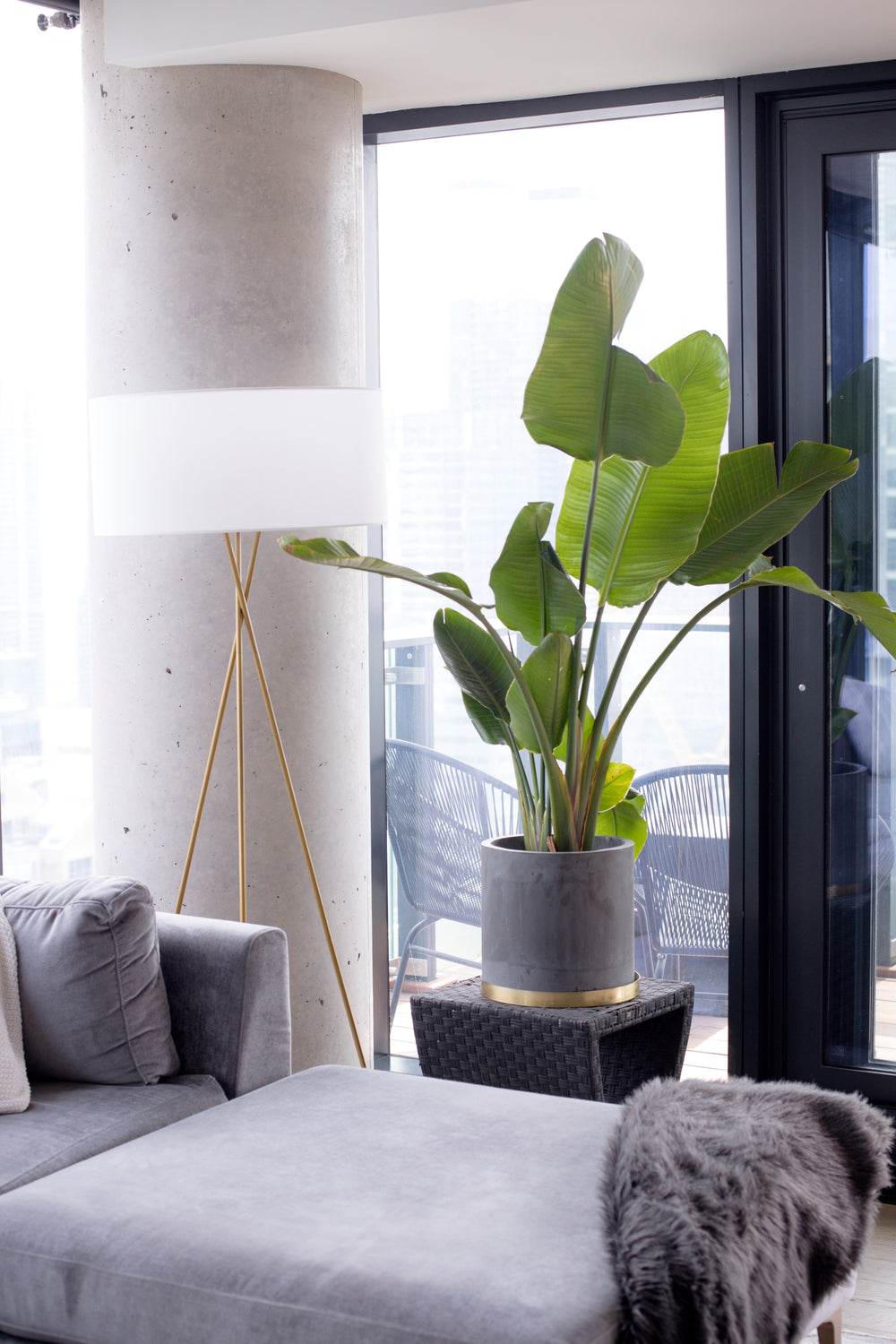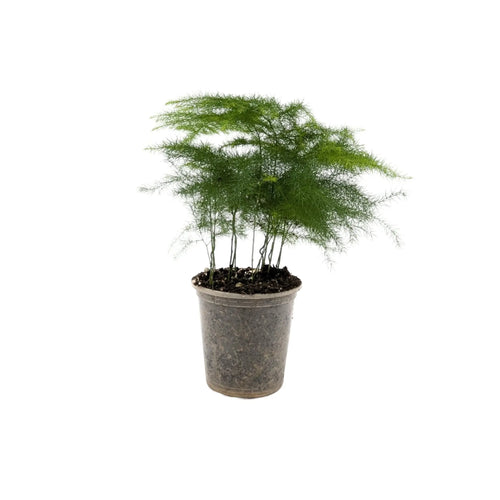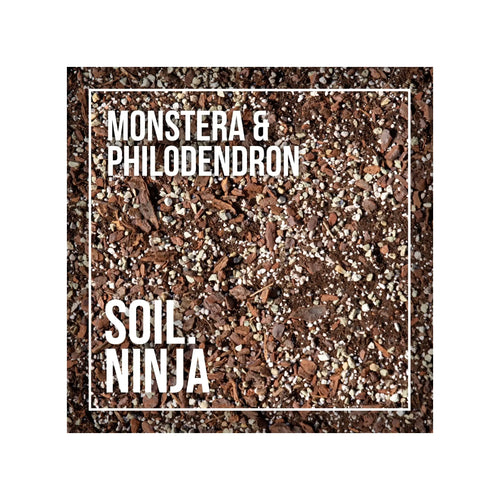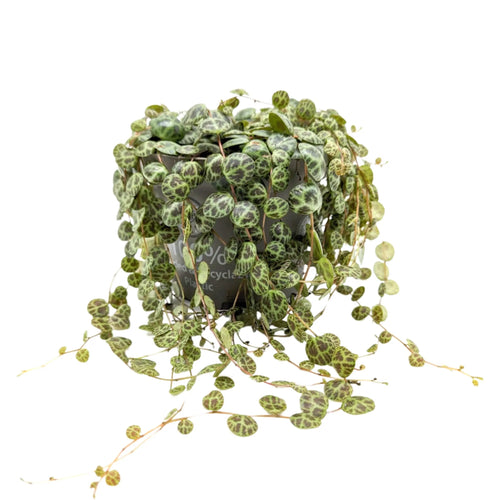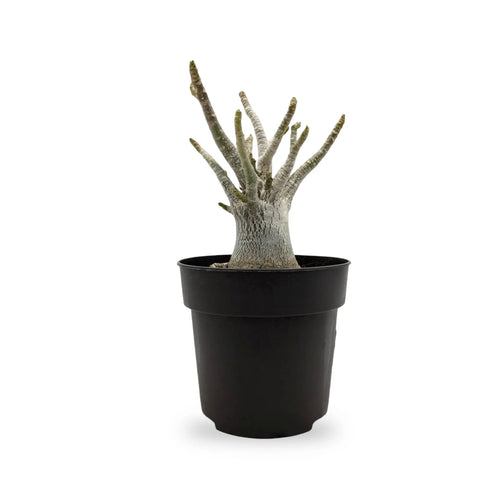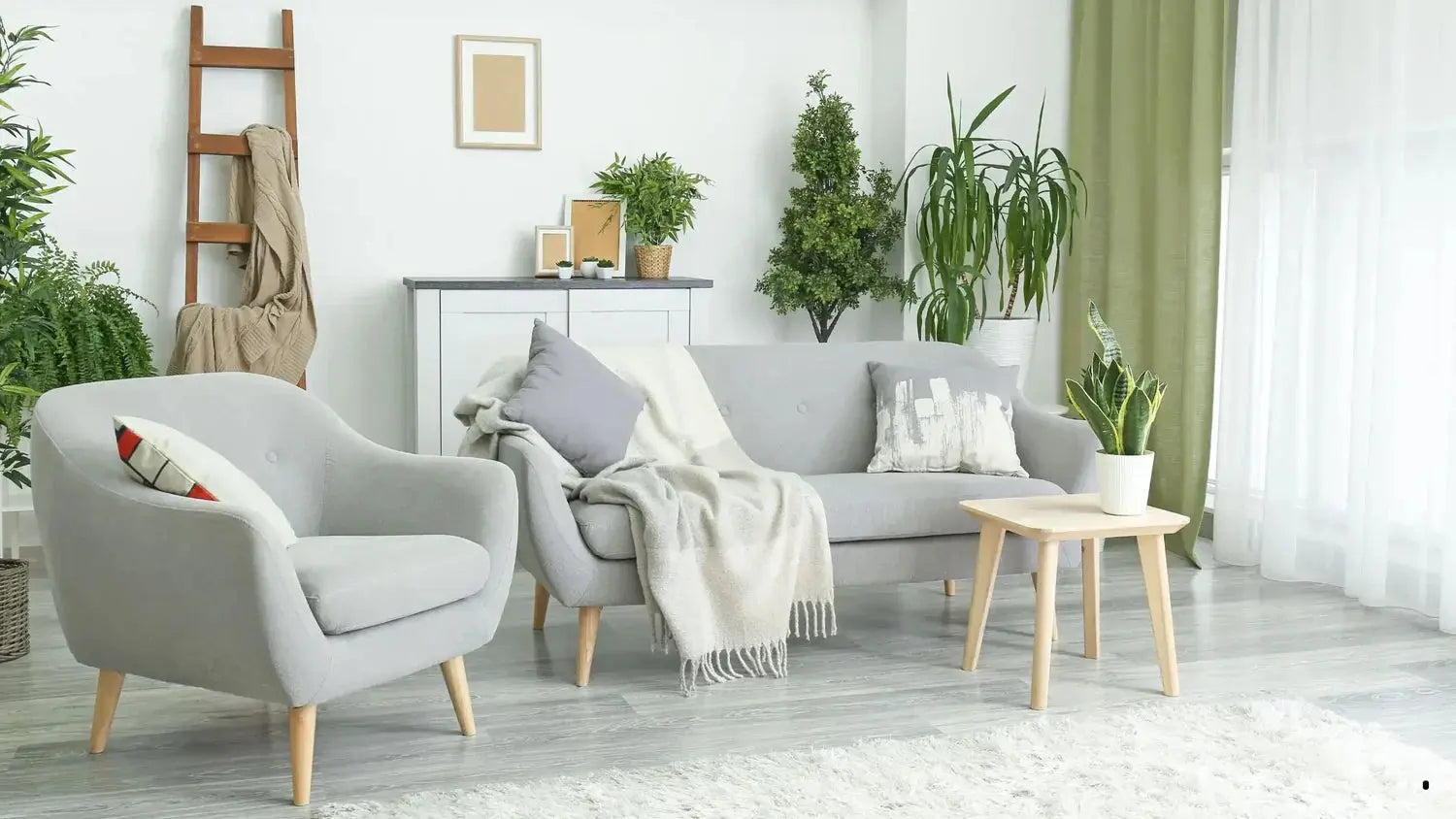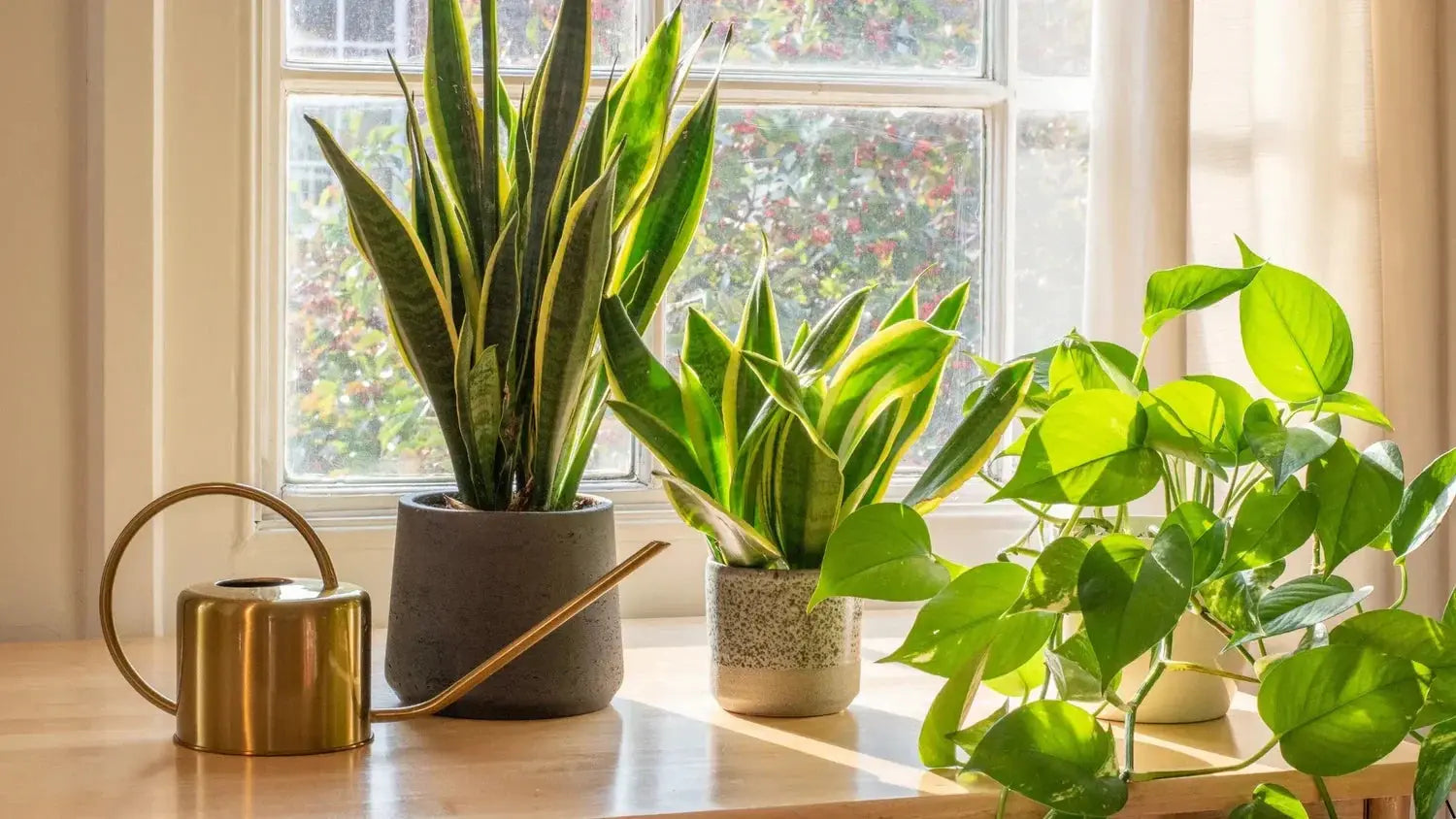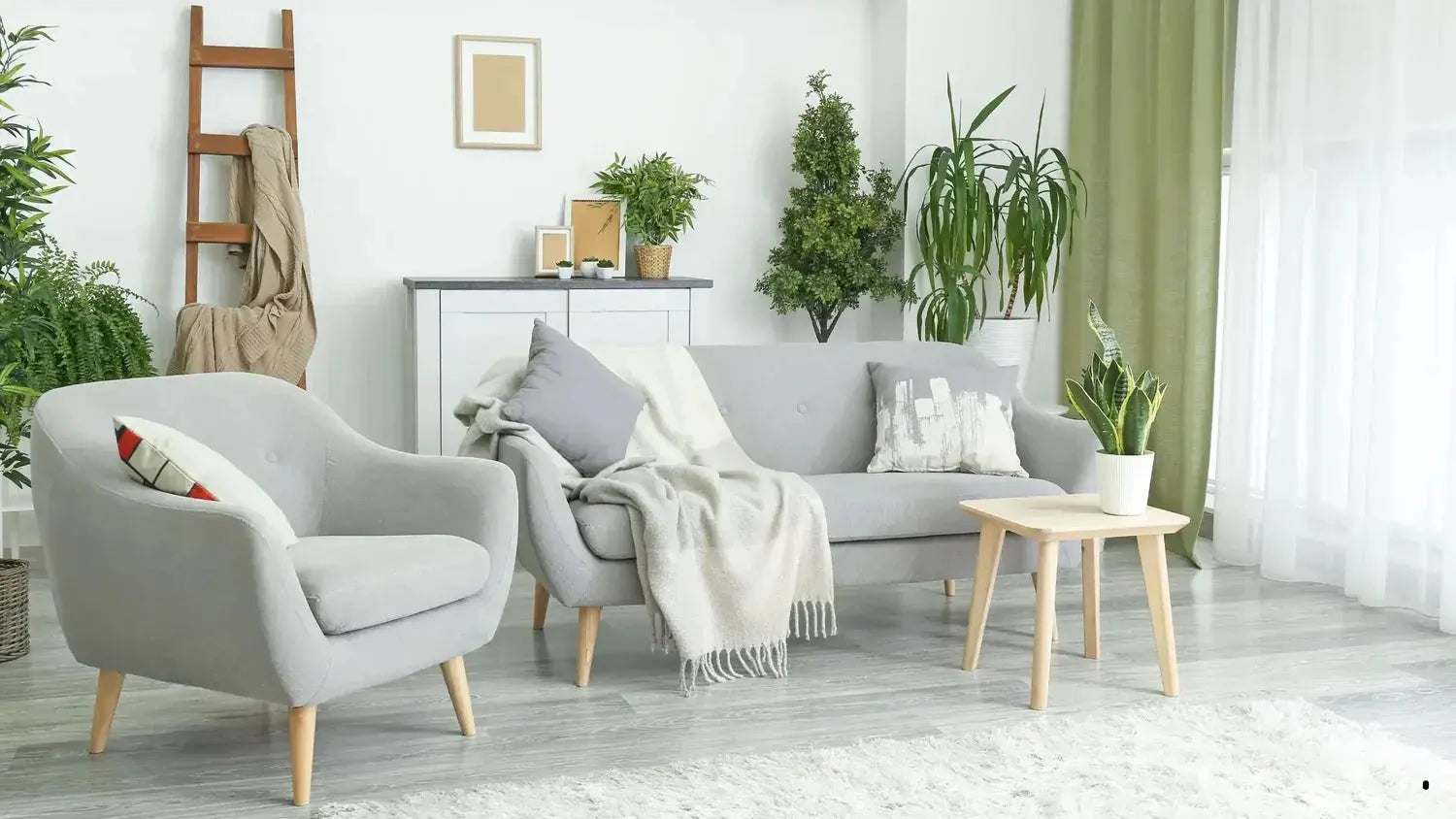Introduction to Indoor Gardening
Gardening has long been a beloved hobby for outdoor spaces, but indoor gardening has soared in popularity in recent years. With the right light and care, it's possible to grow thriving plants indoors to liven up living spaces and enjoy the satisfaction of raising your own greenery. This beginner's guide covers the basics for successfully cultivating an indoor garden.
Choosing the Right Plants
When selecting plants, focus on varieties suitable for indoor cultivation. Look for plants that tolerate low-light conditions and have relatively small root systems. Top choices include succulents like jade, aloe and echeveria, air plants like tillandsia, herbs like basil and mint, and low-light houseplants like pothos, philodendrons, and Chinese evergreens. Local nurseries can recommend regional varieties that work well indoors.
Providing Adequate Lighting
Unlike outdoor plants, indoor plants lack access to direct sunlight. Carefully consider lighting needs when choosing plant varieties and placement in the home. South and west facing windows offer the brightest natural light. Supplement with grow lights as needed, especially in winter months. Rotate plants periodically so all sides get evenly lit.
Using Proper Planters
Use containers with drainage holes to prevent root rot from moisture buildup. Plastic and ceramic pots work well indoors. Arrange layered pebbles or gravel at the bottom of pots below the soil to improve drainage. Choose pot sizes proportional to the plant, allowing room for growth but not so large that soil stays damp.
Maintaining Ideal Temperature and Humidity
The vast majority of houseplants thrive around the same temperatures we do, between 15-25C. Keep plants away from drafty areas or heating/cooling vents. Bathrooms provide extra humidity beneficial to tropical plants. Use pebble trays or humidifiers to raise moisture levels in dry indoor air.
Watering Effectively
Water whenever the top inch or so of soil becomes dry, adjusting for each plant's needs. Use room temperature, distilled or rain water to avoid fluoride/chlorine. Water until it drains from the pot's bottom, but don't let plants sit in excess water. Invest in a moisture meter to test soil and prevent over or under-watering.
Providing Nutrients
While indoor plants have lower nutrient needs than outdoor varieties, fertilizing 2-4 times per year helps maintain health. Use half-strength liquid fertilizers like fish emulsion or compost tea. Slow release pellet fertilizers work too. More frequent feeding may be required for fruiting or flowering plants.
Controlling Pests
Common household pests like fungus gnats, mealybugs, mites and aphids can infest indoor plants. Isolate and prune affected plants. Wipe leaves with neem oil or insecticidal soap. Introduce predatory insects like ladybugs or nematodes. Set sticky traps and eliminate standing water sources to control infestations.
Conclusion
With proper selection, lighting, watering, and care indoor gardening can be a fulfilling hobby that literally enlivens your indoor space. Pay attention to your unique growing conditions and plants' needs, and be willing to make adjustments. Soon you'll have thriving indoor plants that provide natural beauty, fresh herbs, or tranquility.

